I'm learning from this thread, so I am not even a novice. It seems that if you used alcohol, perhaps denatured alcohol that is refined more, you could still store the flux in a sealed (alcohol proof) container, and if some of the alcohol evaporates, you can just add more. The flux will still be there, but it will just be thicker.



 LinkBack URL
LinkBack URL About LinkBacks
About LinkBacks



 Reply With Quote
Reply With Quote

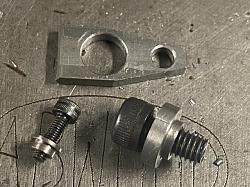
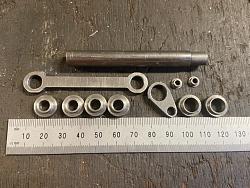
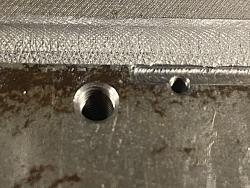
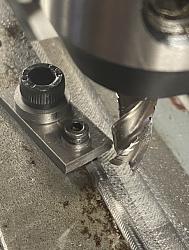
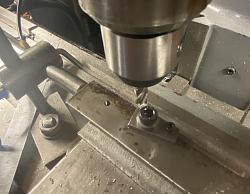
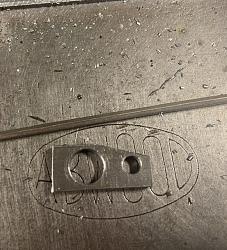
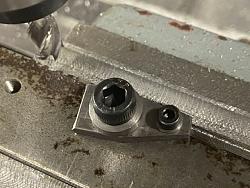
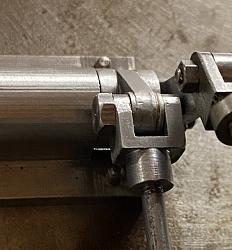
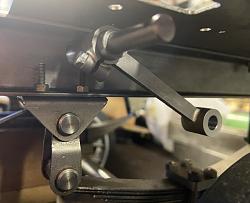

Bookmarks